Inside The Air Force's Biggest Live Air-To-Air Missile Shoot
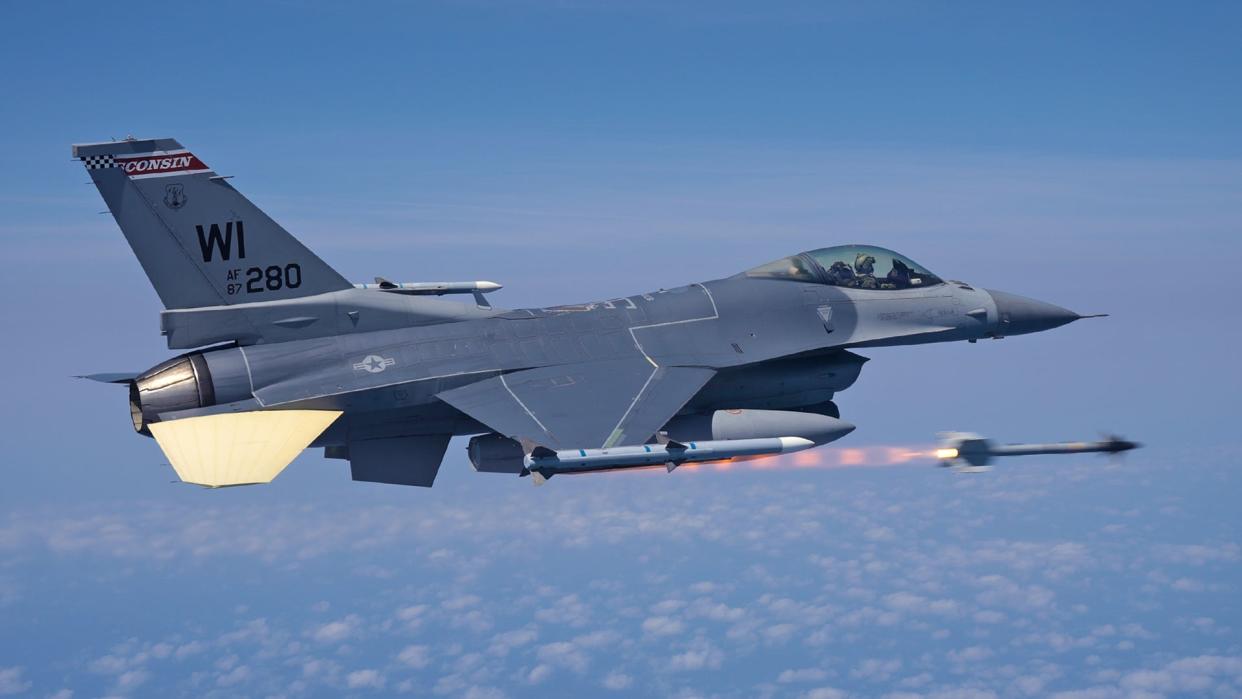
“It’s incredibly important for us to get a weapons system evaluation of all of our munitions, whether it’s air-to-ground or air-to-air,” Col. Brian DeWitt, 53rd Weapons Evaluation Group (WEG) commander explains to The War Zone. To meet this requirement, the U.S. Air Force regularly invites its fighter squadrons to Tyndall Air Force Base in Florida to gain experience and hone their skills firing live missiles at real airborne targets.
In this exclusive five-part, week-long series, The War Zone brings unprecedented inside access to Exercise Combat Archer, also known as the Weapons System Evaluation Program, or WSEP, where not only U.S. Air Force, but also U.S. Navy, and U.S. Marine Corps units work hard to ensure that when a pilot locks up a target, it can be dealt a lethal blow.

The missile firing that occurs at Tyndall has a dual purpose. “Under U.S. Code Title 10, there’s a mandated requirement [for the military] to undertake both development and operational testing of its equipment, and part of that is to take fielded weapons and test them to ensure they meet requirements for sustainability, reliability, and lethality,” Col. DeWitt explains.
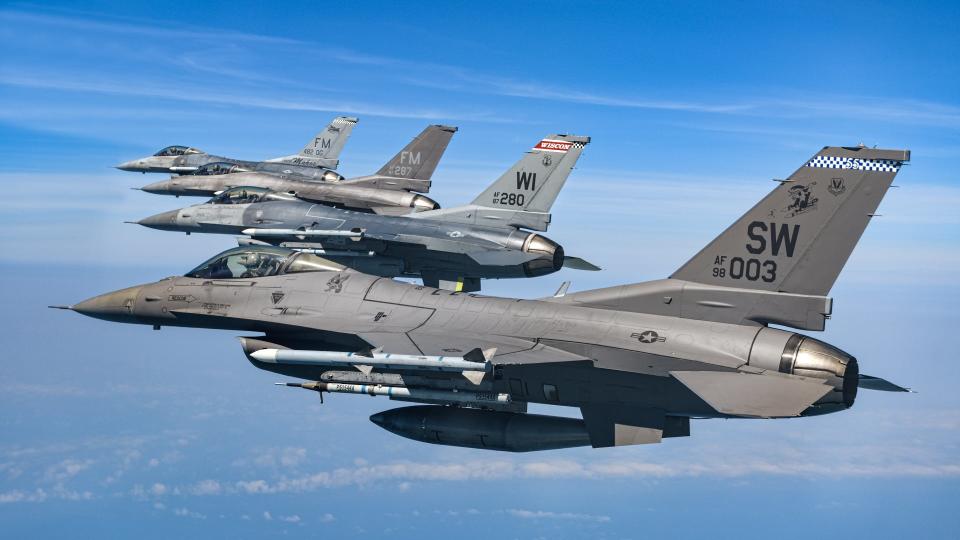
The military airborne range complex over the Gulf of Mexico that abuts the Florida coastline is a hotbed of development testing for new weapons, as well as being a training environment for frontline forces.
WSEP dates back to the Vietnam War when squadron pilots and their weapons systems failed to meet expectations. During that conflict, sophisticated new air-to-air missiles didn't perform in the manner predicted by their developmental test data. It was recognized that the testing often failed to represent the environment pilots would actually face in combat.
WSEP was therefore established to give fighter squadrons the opportunity to employ air-to-air weapons in situations that are as close to a combat environment as possible. “This isn’t just a weapons evaluation, it’s about weapons performance through unit effectiveness,” says Col. DeWitt.
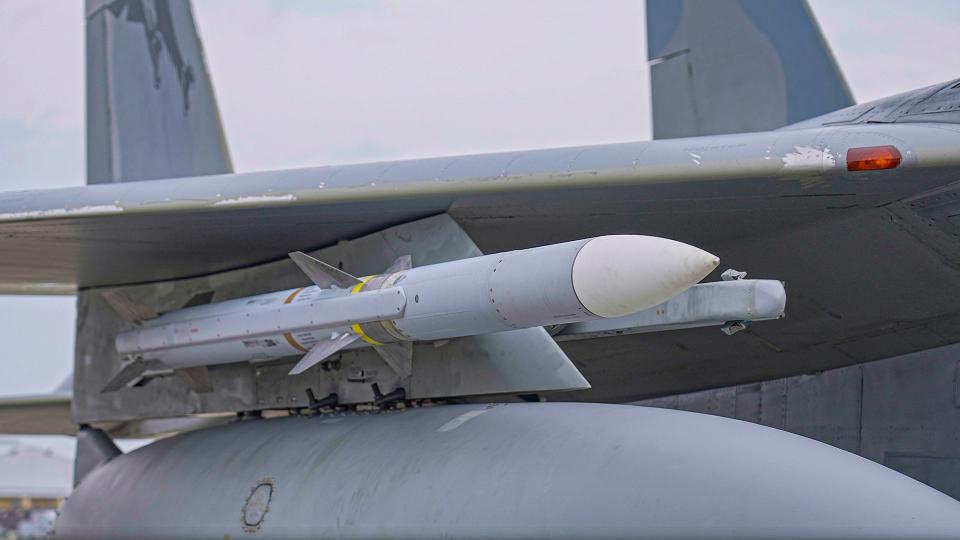
The 53rd WEG is a critical element of Air Combat Command (ACC), and part of the renowned 53rd Wing, which is one of the lead units responsible for Air Force operational testing and major test exercises such as Black Flag, which features strongly in evaluating cutting-edge USAF capabilities, as previously reported by The War Zone on more than one occasion.
The WEG is headquartered at Tyndall AFB, on the shores of the Gulf of Mexico in the Florida Panhandle. It is responsible for a key part of the Title 10 test and evaluation work for the Air Force in the form of the Combat Archer and Combat Hammer WSEPs.
While Combat Hammer is typically run out of Hill Air Force Base in Utah and focuses on air-to-ground munitions evaluations, Combat Archer is all about firing live air-to-air missiles, designed both to ensure the weapons work as expected, and that squadrons are suitably trained and equipped to effectively employ the weapons.
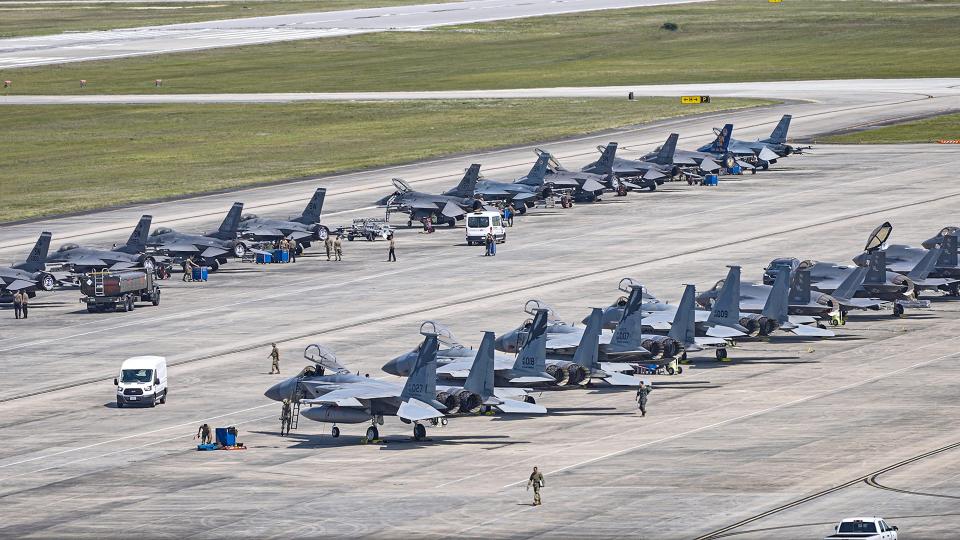
The WEG includes a number of distinctive units at Tyndall that each bring a key capability to the overall effectiveness of Combat Archer. The 83rd Fighter Weapons Squadron (FWS) is ultimately responsible for running the exercises. It includes weapons specialists and Program Managers (PMs), who coach each fighter squadron in the Air Force and Navy as they take their turn to participate in a WSEP.
“The Program Managers are aircrew instructors in each specific aircraft type,” explains Col. DeWitt. “They are the experts when the units come here. They teach the aircrews and fly with them, chase them through each shot and ensure they are employing correctly with the different missiles, which are typically Raytheon’s AIM-9M and -9X Sidewinders and AIM-120 AMRAAMs [Advanced Medium-Range Air-to-Air Missiles]. Some WSEPs also include aerial gunnery, firing at towed banners.”
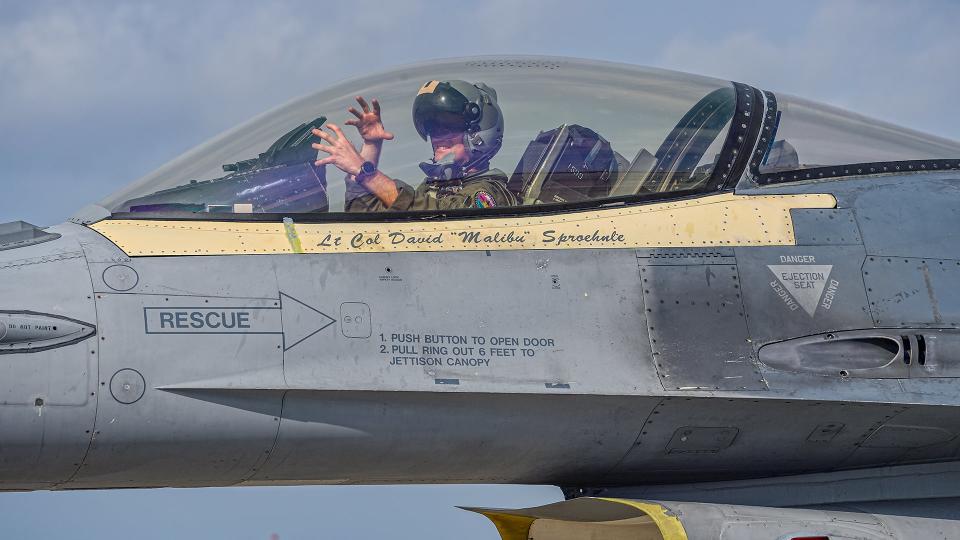
Each year the WEG runs approximately nine Combat Archers at Tyndall (there are also occasional events at Hill AFB), and the visiting squadrons prepare for the exercise, deploy to Tyndall, and participate in the live firing, under the expert guidance of the PMs. Ultimately, the squadrons come to Tyndall to fire live missiles, to both check out new hardware and software on those weapons, and to give squadron weapons teams and aircrew the experience of actual end-to-end employment of their primary weapons.
“I also have a number of maintainers here that are weapons evaluators,” Col. DeWitt adds. “They follow, observe, and assist the deployed units to see how effective they are. Have they shown up with the right equipment and the right training? How can we help them so that when they go and do this for real downrange they have the practice, they feel good about what they’ve been trained on, and it’s not their first time doing it.”
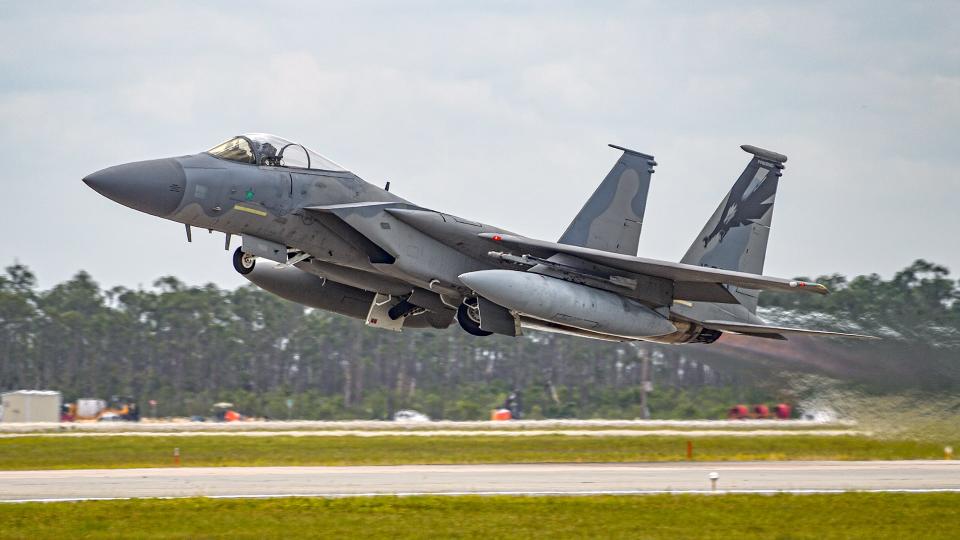
Firing off live, high-tech missiles, near the Florida coastline isn’t without its challenges, including major safety and security concerns. Creating a realistic and safe training environment includes fitting missiles with telemetry packs instead of warheads and the jets themselves carrying telemetry pods to track their position in the airspace. Ultimately, the aim is successfully shooting at fighter-representative targets. Each performance — from the weapons-loading team to the pilots — is scored based on the probability-of-kill (pk) rate and targets hit during the sorties.
The huge Eglin Gulf Test Range and Training Range, which lies adjacent to Tyndall, is monitored, and controlled by the resident 81st Air Control Squadron. With oil and gas exploration, shipping, fishing, and a range of surface activities, the missile shooting areas must be ‘sanitized’ before the daily exercise activities can commence. This involves use of two surveillance-radar-equipped E-9A Widgets, which are operated by the 82nd Aerial Targets Squadron (ATRS) and used to build an up-to-the-minute picture of the ocean’s surface inside the ranges. This enables the 83rd FWS team to build a safe ‘shoot track’ for each day’s WSEP activities.
Part of the 82nd ATRS mission also aligns directly with the Title 10 mandate in that the unit provides combat-configured, combat-representative, target drones for the missile shots. The Air Force uses both the Kratos BQM-167 sub-scale drone, and the Boeing-converted QF-16 Full-Scale Aerial Target (FSAT) to fulfill this role, and both are a critical element of each Combat Archer exercise.

Combat Archer — focusing on air-to-air — is designed to make sure the complete weapons system works. That includes the munitions themselves and the process that takes them from storage, build-up, configuration, and loading, the jets being correctly maintained and configured to fire them, the mission planning, training, and ultimately the moment they are fired and guided to the target. Under scrutiny are the techniques and tactics that are used, to ensure they are all valid and work as planned when called upon. It is ultimately designed to ensure America’s fighter squadrons are ready for combat.
“In the past, we would focus purely on the weapon, from when [the pilot] pressed the ‘pickle’ button to how the weapon performed from there,” explains Col. DeWitt. “Today, we take a wider view of the whole picture to gauge what we need to improve on and where we need to spend money and employ training in order to make this whole process better. Training our people to build the weapons correctly, designing the weapons correctly — all the things that need to happen so that when the pilot presses the button the target blows up when it’s supposed to.”
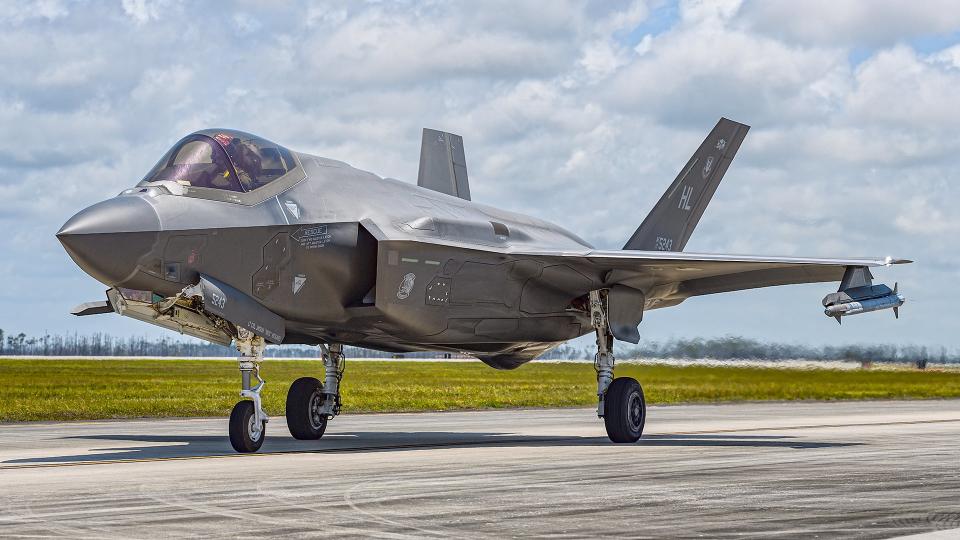
“It used to be a case of whichever unit was available on their schedule would come and do these evaluations, because previously we were mainly focused on the weapon," says Col. DeWitt. "However, we have now changed that to fit with the USAF’s Force Generation model. This means that we are now generally working with units that are getting ready to deploy on combat operations or be ready for combatant commanders to pull downrange when needed. So, they come here and get an outside look at how they're performing, whilst getting them some training and experience. So today, it’s a kind of certification program before they go into combat.”
WSEP has evolved. More than ever, it’s designed to put squadrons and their weapons to the test. These squadrons must be ready for the fight when called upon. WSEP makes sure the entire system works as advertised. But this is a complex exercise with a raft of distinct elements that are key to success.
In this week-long series, we go take an unprecedented look into Combat Archer and its many moving parts, including flying on multiple missile shoot sorties. In part two of the series, The War Zone focuses on the targets that pilots fire at, including how they are equipped and operate, and why some pilots have to fly 'hands-off' in QF-16 drones that are controlled from the ground.
Editor's note: Our sponsorship partner has no editorial involvement in this article.
Contact the editor: Tyler@thedrive.com

